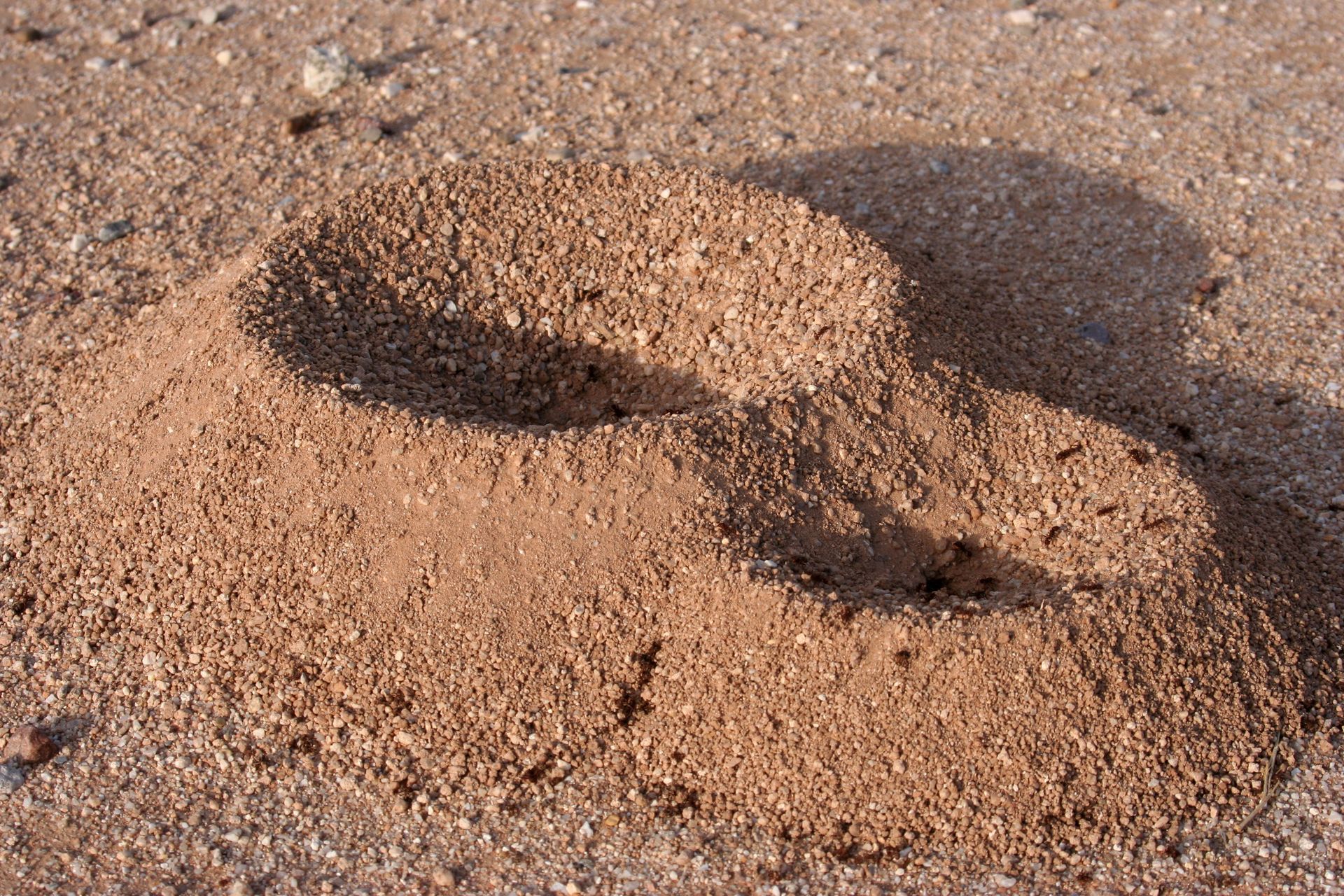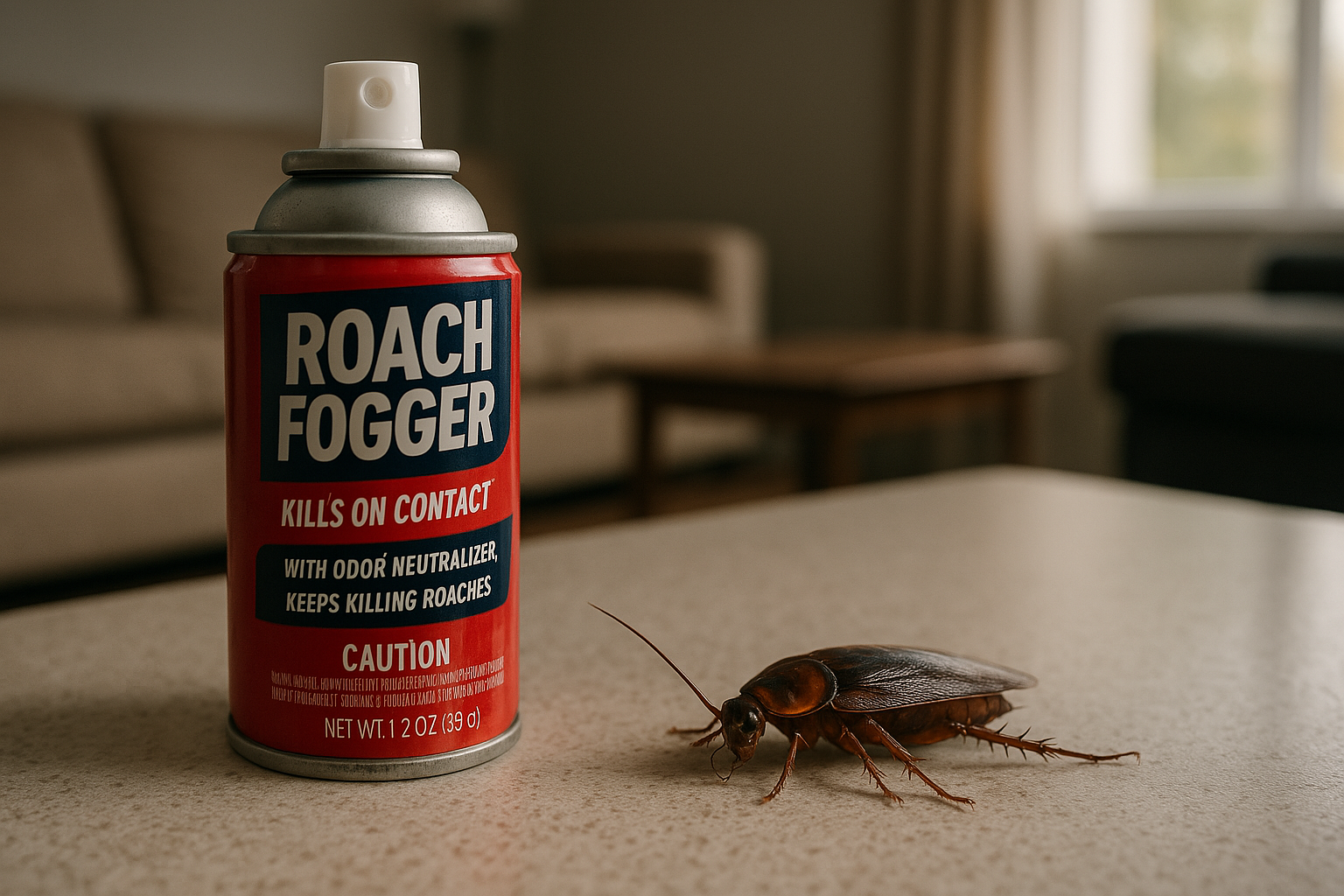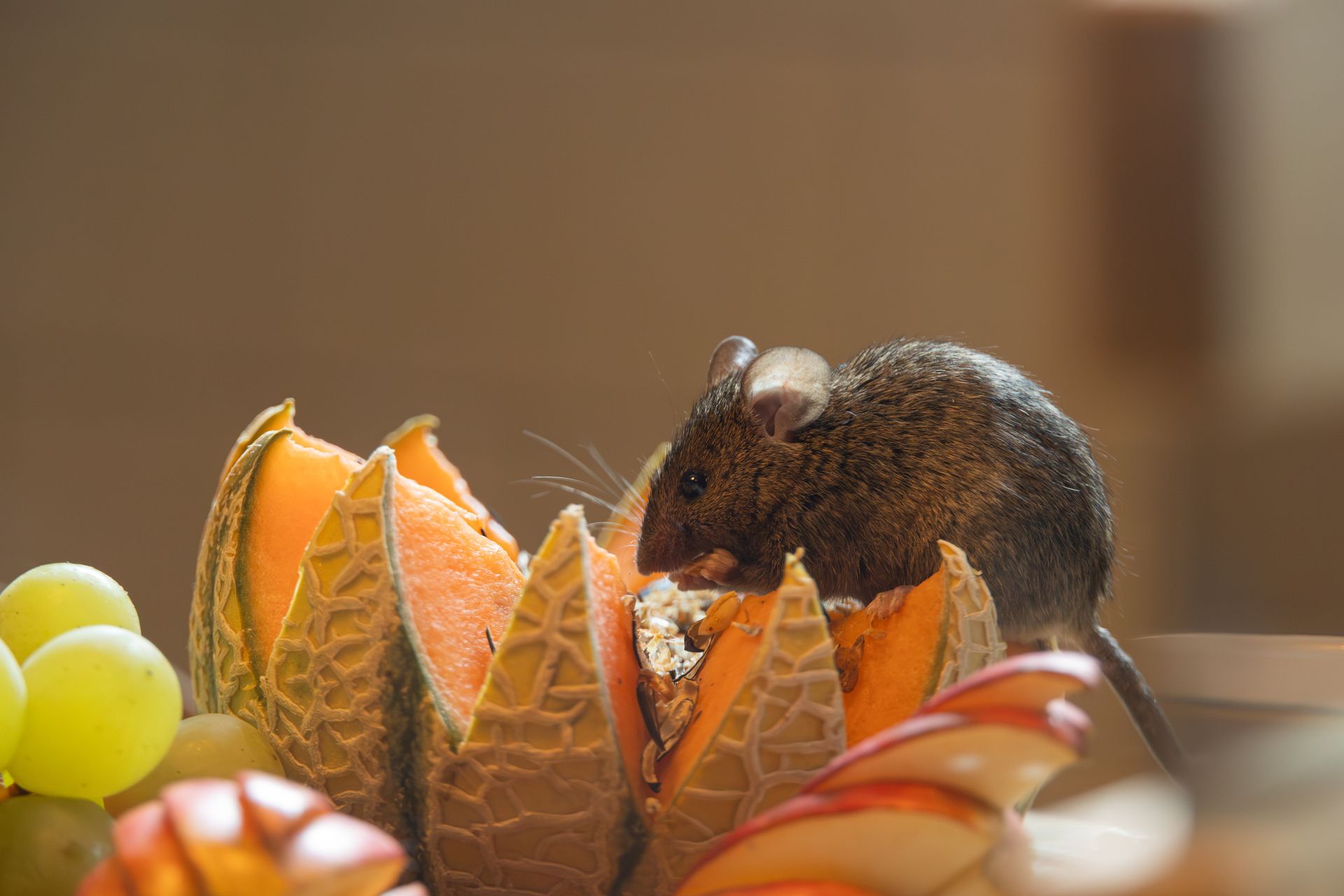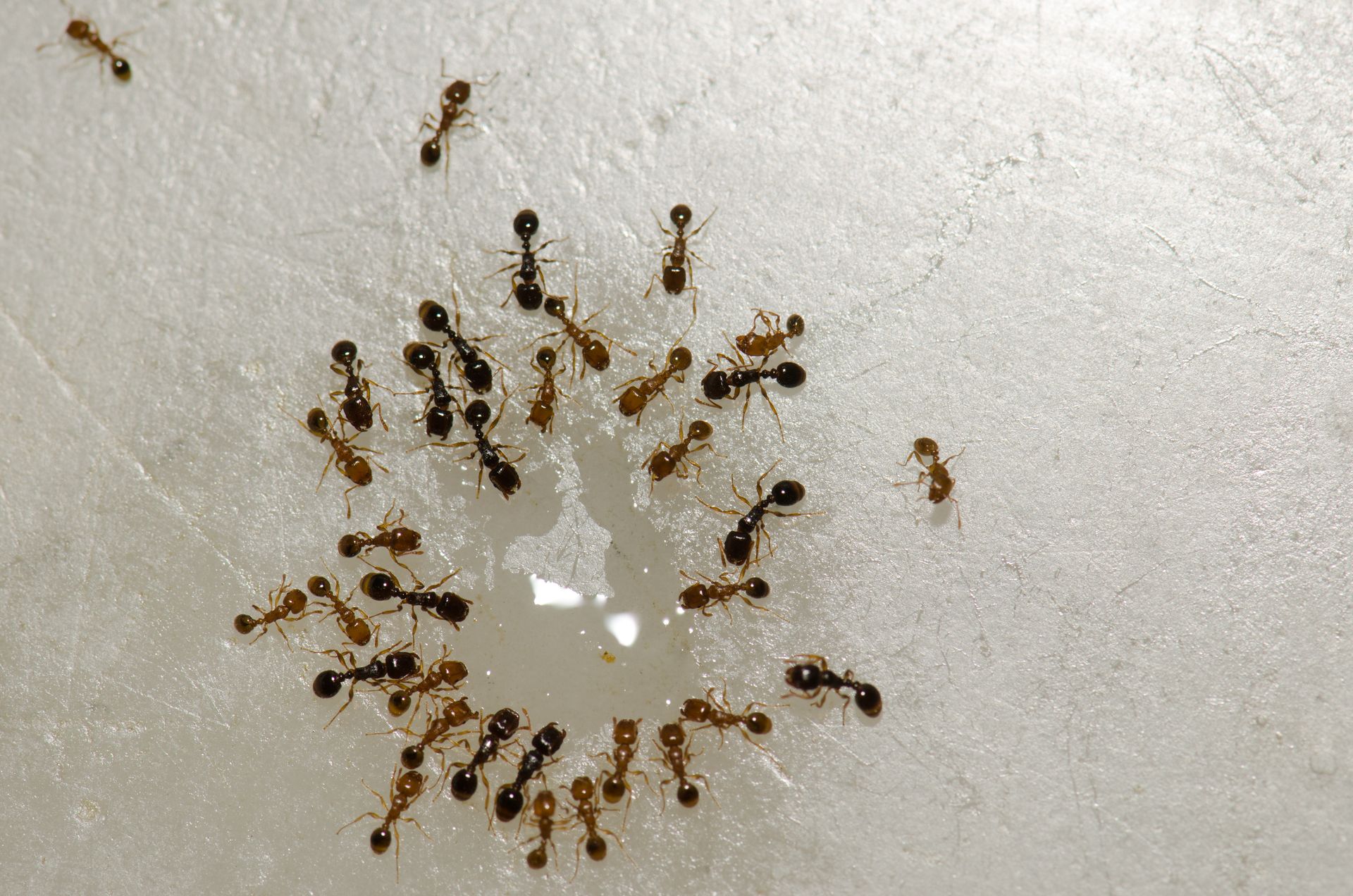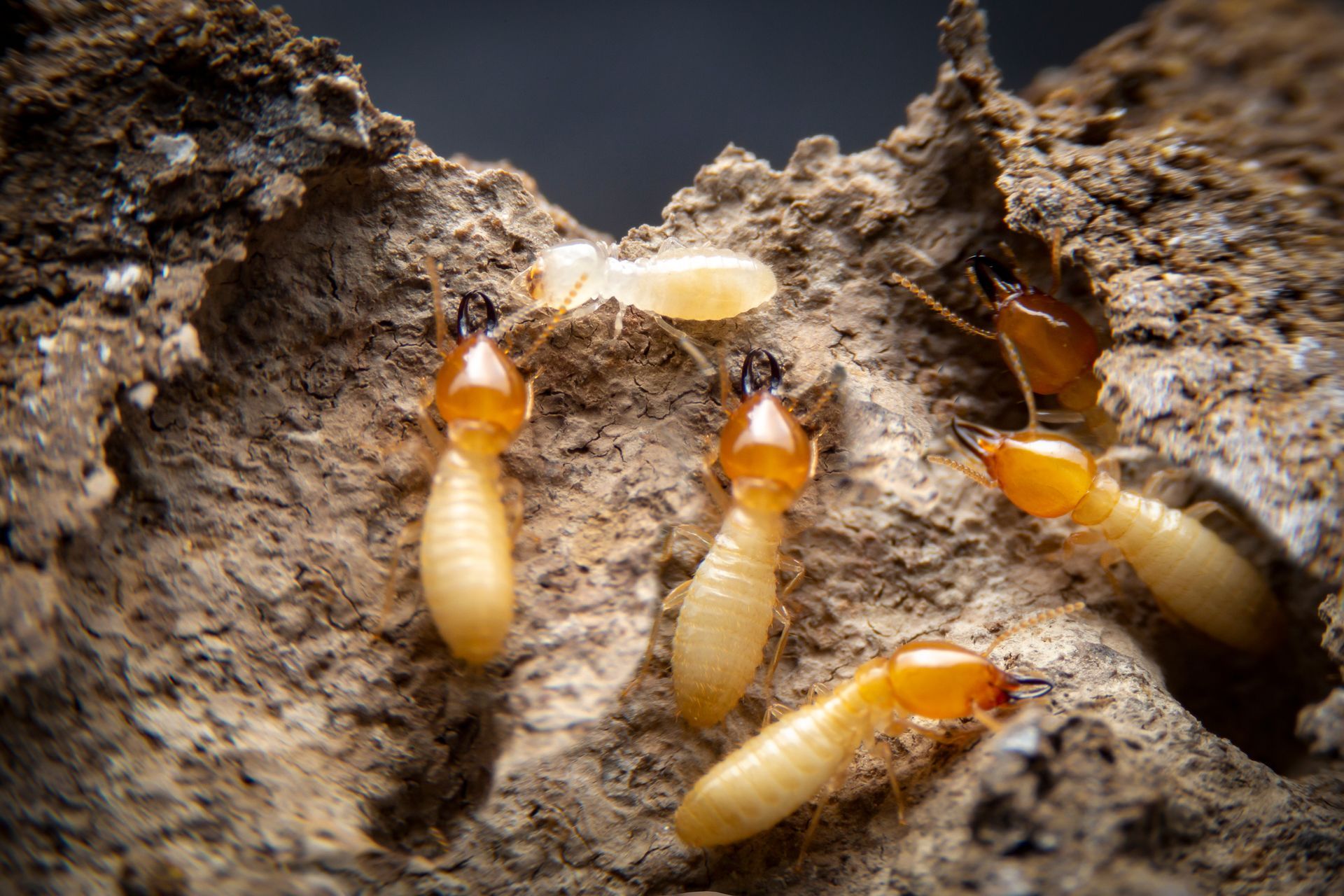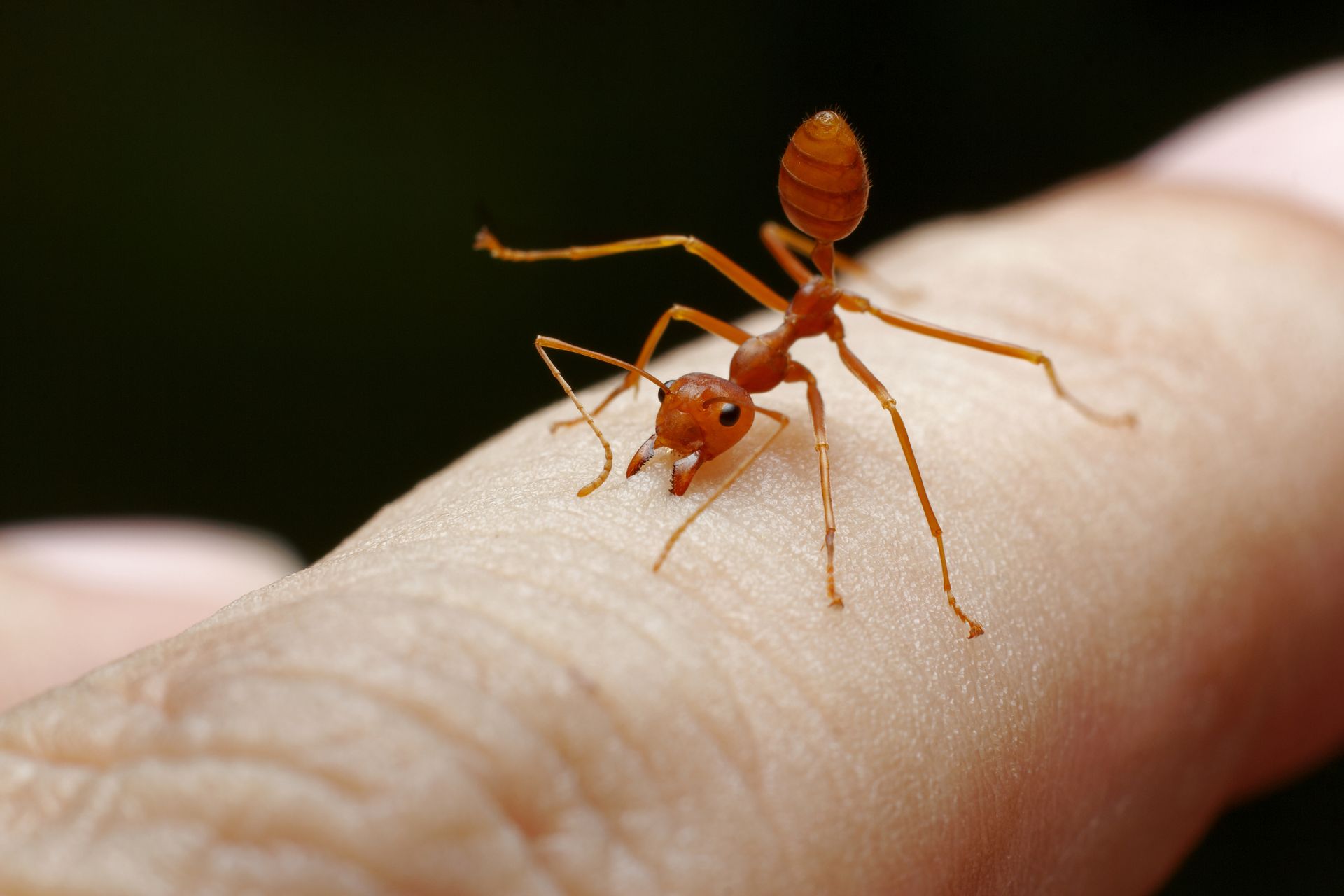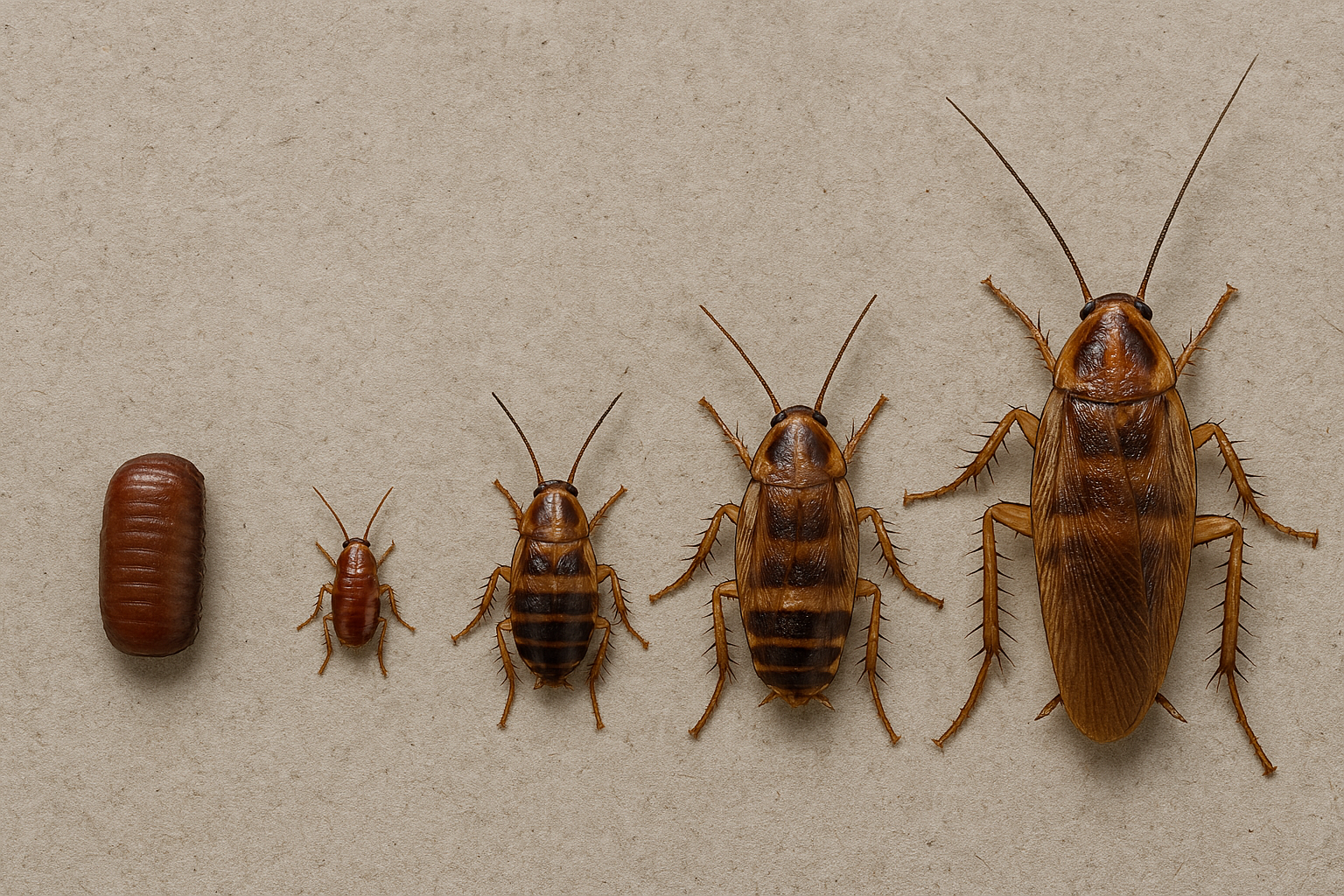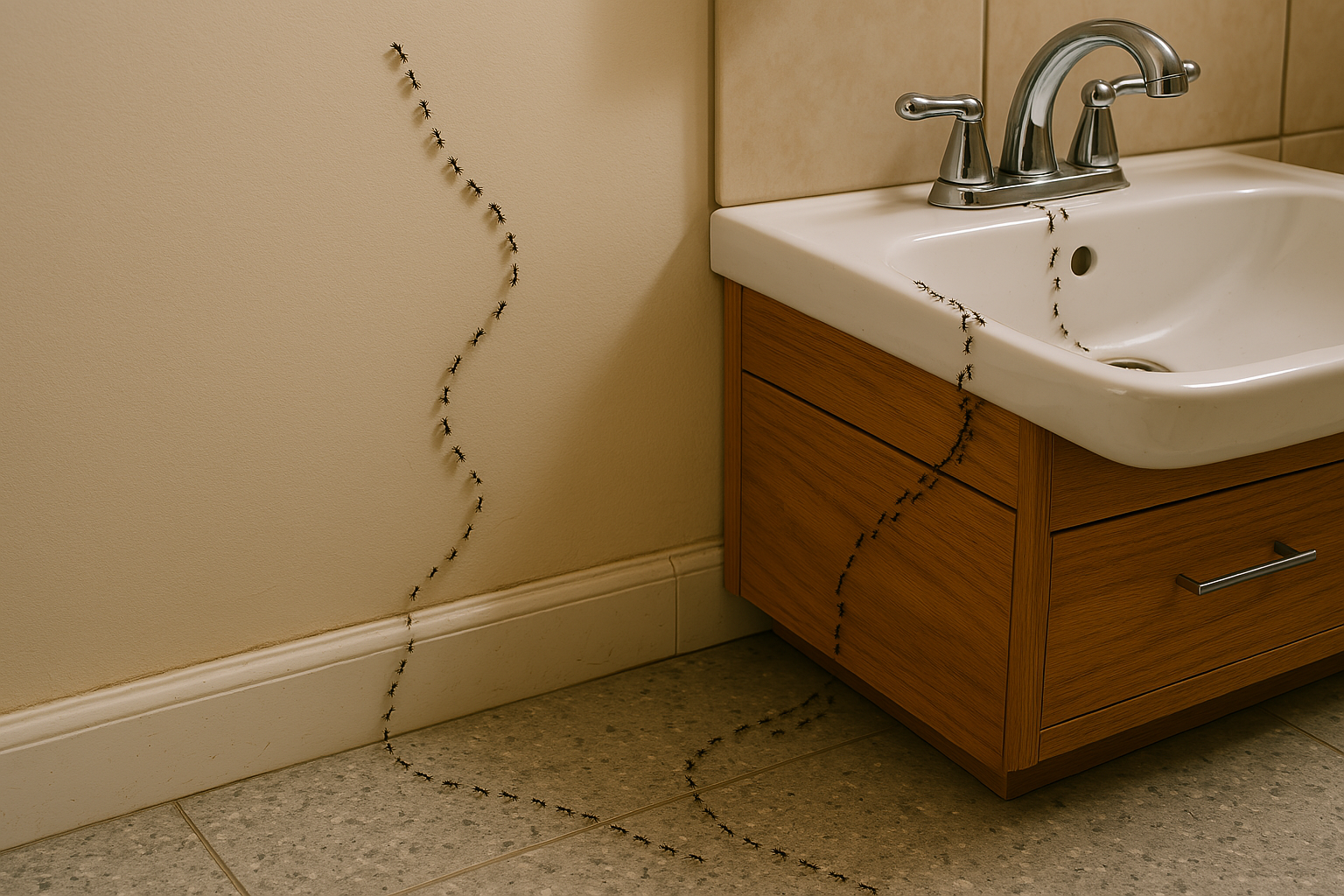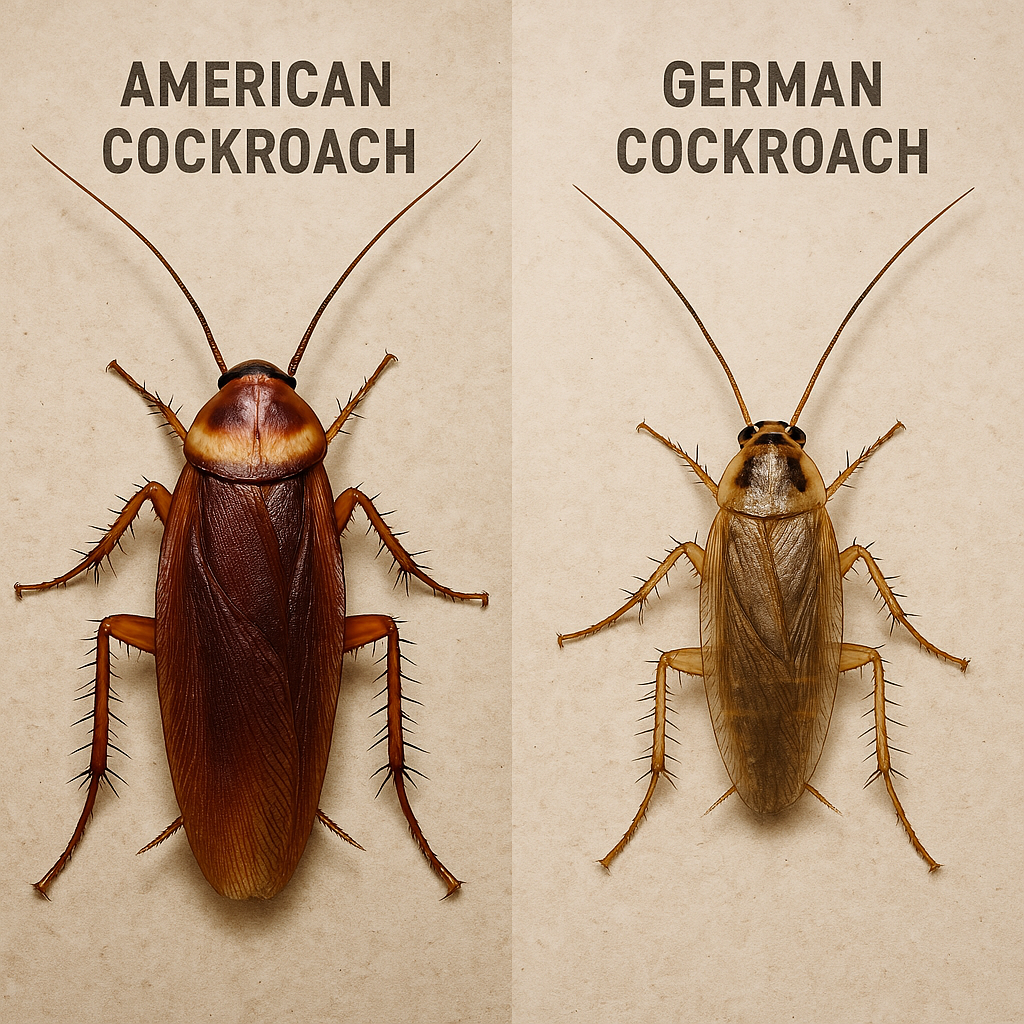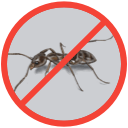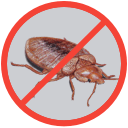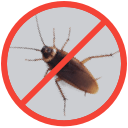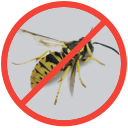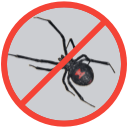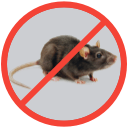House Spiders: Complete Guide to Indoor Spider Identification and Control

House spiders are among the most common arachnids encountered in American homes, with several species adapting remarkably well to indoor environments where they find consistent temperatures, abundant hiding places, and steady food sources in the form of other insects. While most house spiders pose no threat to humans and actually provide beneficial pest control services by consuming flies, mosquitoes, ants, and other problematic insects, understanding proper identification and management techniques remains essential for homeowners who want to distinguish between helpful species and the few potentially dangerous varieties. These eight legged inhabitants often trigger unnecessary concern due to widespread misconceptions about their danger level, though scientific evidence shows that the vast majority of species found indoors are completely harmless to humans and serve as valuable allies in natural pest management. Rather than viewing all spiders as unwelcome intruders, homeowners benefit from learning to identify which species deserve tolerance and appreciation versus the rare instances when professional intervention becomes necessary for safety or comfort reasons.
Understanding House Spider Biology
House spiders belong to the class Arachnida and share fundamental characteristics that distinguish them from insects and other arthropods, including eight legs rather than six, two main body segments consisting of the cephalothorax and abdomen, and the absence of wings and antennae that characterize insects. Their anatomy reflects their predatory lifestyle, with the cephalothorax housing complex eyes arranged in species specific patterns, specialized mouthparts equipped with fangs for venom injection, and powerful legs adapted for web construction or active hunting depending on the species. The abdomen contains vital organs including silk producing structures called spinnerets, which enable the creation of webs, egg sacs, and draglines that serve multiple functions from prey capture to reproduction and safety [1].
The life cycle of house spiders follows a relatively simple pattern progressing through egg, spiderling, and adult stages without the complete metamorphosis seen in many insects, though they do undergo several molting events as they grow larger and require new exoskeletons. Female spiders invest considerable energy in reproduction, producing silk spider egg sacs containing dozens to hundreds of eggs depending on the species, with these protective structures strategically placed in locations where temperature and humidity conditions favor successful development. Following emergence from their egg sacs, juvenile arachnids initially cluster near their birthplace before embarking on remarkable aerial journeys. These tiny travelers spin threads that transform into miniature parachutes, riding wind and weather patterns across vast distances. This extraordinary migration method accounts for the sudden appearance of eight legged visitors in previously spider free dwellings and their swift establishment in unexplored territories.
Most Common House Spider Species
Harmless Species
The diversity of harmless house spider species found throughout American homes is remarkable, with each species having evolved unique adaptations that allow them to thrive in indoor environments while providing valuable pest control services. These beneficial arachnids have developed specialized hunting strategies, web construction techniques, and behavioral patterns that make them highly effective at controlling flying insects, crawling pests, along with various bugs that property owners invariably consider significantly more troublesome than their arachnid counterparts.
- American House Spider (Parasteatoda tepidariorum): Small brownish spiders measuring one quarter inch in body length with distinctive mottled patterns, constructing irregular cobwebs in corners and window frames where they capture flies, mosquitoes, and other flying insects through patient web monitoring behavior
- Cellar Spiders (Pholcidae family): Extremely long legged spiders with small cylindrical bodies, building loose webs in basements and humid areas while exhibiting defensive web vibrating behavior when threatened. They are completely harmless despite their intimidating leg span
- Wolf Spiders (Lycosidae family): Robust, hairy hunting spiders that occasionally enter homes during cold weather, relying on speed and excellent vision rather than webs for capturing prey. Females display remarkable maternal care by carrying egg sacs and young spiderlings
- Jumping Spiders (Salticidae family): Compact, intelligent hunters with large forward facing eyes and colorful patterns. They demonstrate complex stalking behaviors and impressive jumping abilities while actively avoiding human contact
- Yellow Sac Spiders (Cheiracanthium species): Pale yellow nocturnal hunters that build silk retreats in upper room corners, emerging at night to control pest insects while causing only minor bite reactions if accidentally handled
Dangerous Species
The two medically significant spider species occasionally found in American homes require careful identification and appropriate response strategies, as their venom can cause serious health complications in humans. Understanding these venomous house spiders’ geographic distribution, physical characteristics, and preferred habitats enables homeowners to recognize when professional intervention may be necessary while avoiding panic over harmless species that are often mistakenly identified as dangerous.
- Brown Recluse Spider (Loxosceles reclusa): Brown recluses are native to the south central and midwestern United States, with established populations in sixteen states from Nebraska and Ohio in the north down to Texas and Georgia in the south, extending considerably beyond just the south central region [2]. They feature uniform brown coloration with distinctive violin shaped marking on cephalothorax and only six eyes arranged in pairs. These spiders prefer undisturbed areas like closets and storage rooms where human contact is minimal
- Black Widow Spider (Latrodectus species): More widely distributed across the United States, females displaying shiny black coloration with red hourglass marking on abdomen underside, constructing irregular webs in secluded locations such as garages, sheds, and crawl spaces where they remain most of the time
Why Spiders Enter Homes
Environmental factors play a crucial role in driving spider populations indoors, with seasonal temperature fluctuations serving as the primary motivation for many species to seek shelter within heated human dwellings. During autumn months, cooling outdoor temperatures trigger migration patterns that bring various spider species indoors where they find the consistent warmth necessary for continued activity, reproduction, and survival through winter months when outdoor habitats become inhospitable. The moderate humidity levels maintained in most residential environments also provide optimal conditions for many spider species, with different areas of homes offering varying humidity levels that accommodate species with different moisture requirements.
- Temperature regulation: Consistent indoor heating provides ideal conditions for continued spider activity and reproduction when outdoor temperatures become unfavorable
- Food source availability: Abundant prey insects including flies, mosquitoes, ants, and other arthropods that also seek indoor shelter create steady hunting opportunities
- Structural entry points: Small gaps around windows, doors, utility penetrations, and foundation cracks provide easy access routes for spiders seeking shelter
- Inadvertent transportation: Movement of furniture, clothing, plants, and storage items between indoor and outdoor environments facilitates accidental spider introduction
Signs of Spider Infestations
Recognizing the early indicators of spider presence enables homeowners to assess population levels and determine whether intervention measures are necessary.
- Web presence and characteristics: Fresh, intact webs with trapped prey indicate active spider populations, while dusty, abandoned webs suggest previous activity
- Egg sac identification: Silk covered spherical or disc shaped structures attached to webs or hidden surfaces, varying in size and color depending on species
- Live spider sightings: Regular observations of spiders, particularly during daytime hours when most species normally remain hidden, may indicate population levels exceeding natural carrying capacity
- Prey remains and molted exoskeletons: Evidence of feeding activity and growth indicating established spider populations with successful reproduction
Health and Safety Considerations
The overwhelming majority of spider encounters in residential settings result in no negative consequences for human health, as most house spider species either lack the physical ability to penetrate human skin with their small fangs or produce venom with negligible effects on human physiology. Understanding the actual risk levels associated with different spider species helps homeowners respond appropriately to encounters without unnecessary alarm while recognizing the rare situations that may require medical attention. Spider bite symptoms are often misdiagnosed, as many skin conditions, bacterial infections, and bites from other arthropods produce similar symptoms that are incorrectly attributed to spiders.
Scientific research has documented that actual spider bites occur far less frequently than commonly believed, with most suspected cases resulting from other causes entirely [2]. The two medically significant species found in some American homes are brown recluse and black widow spiders which typically bite only when directly threatened or accidentally pressed against human skin, and even then, severe reactions remain relatively uncommon. Proper identification of these species and understanding their behavioral patterns significantly reduces the likelihood of problematic encounters while enabling appropriate response measures when genuine concerns arise.
House Spider Prevention Strategies
Comprehensive spider prevention requires a multi-faceted approach addressing the environmental conditions, structural vulnerabilities, and food sources that attract and sustain spider populations within residential environments. Effective prevention strategies focus on eliminating the underlying factors that make homes attractive to spiders rather than simply treating existing populations, creating long term solutions that reduce the likelihood of recurring problems while maintaining the beneficial aspects of natural pest control.
- Structural exclusion: Sealing entry points through weather stripping, caulking, screen repair, and door sweep installation to eliminate gaps that allow spider access
- Environmental modification: Reducing clutter, controlling moisture levels, improving storage practices, and maintaining clean conditions that discourage spider establishment
- Habitat elimination: Removing outdoor debris, vegetation touching structures, and other harborage areas that support spider populations near the home
- Integrated pest management: Controlling prey insects through sanitation, proper food storage, and targeted treatments that reduce food sources sustaining spider populations
Control and Removal Methods
Effective spider control encompasses a range of approaches from simple physical removal techniques suitable for individual encounters to comprehensive chemical treatments designed to address established populations and prevent future colonization. The choice of control methods depends on factors including spider species involved, population levels, homeowner preferences regarding chemical applications, and the specific areas where spider activity occurs. Physical removal methods work well for occasional encounters with individual spiders, while more extensive infestations may require integrated approaches combining multiple control strategies.
- Physical removal techniques: Cup and paper capture methods, vacuum removal of spiders, spider web removal, and sticky trap placement in areas of known spider activity
- Chemical control applications: Residual insecticide treatments applied to spider travel routes, dust formulations for void spaces, and targeted applications to web construction sites
- Professional treatment services: Comprehensive programs including species identification, specialized equipment use, commercial grade products, and ongoing monitoring to prevent re establishment
- Habitat modification: Web removal, exclusion improvements, moisture control, and environmental changes that make areas less suitable for spider establishment
Seasonal Spider Management
Understanding seasonal patterns in spider activity enables homeowners to time prevention and control measures for maximum effectiveness while anticipating periods when spider encounters are most likely to occur. Spring emergence brings increased spider activity as warming temperatures stimulate reproduction and territorial expansion, making this season optimal for implementing comprehensive prevention measures before populations reach peak levels. Summer months typically show maximum spider activity as prey insects reach abundance and environmental conditions favor active hunting, web construction, and reproduction cycles.
- Spring preparation: Implementing exclusion measures and habitat modifications before peak activity seasons begin
- Summer monitoring: Regular cleaning and maintenance to control both spider and prey populations while identifying problem areas
- Fall migration prevention: Sealing entry points before autumn weather drives outdoor spiders to seek indoor shelter
- Winter assessment: Conducting thorough inspections and planning improvements during periods of reduced spider activity
Common Myths and Misconceptions
Widespread misconceptions about spider behavior, bite frequency, and danger levels contribute to unnecessary fear and inappropriate response measures that often prove counterproductive to effective spider management. The most commonly unfounded myth is that people routinely consume arachnids while slumbering. This lacks any credible research support as these creatures instinctively retreat from human activity and demonstrate zero interest in the moist, temperate environment within someone’s mouth. Other myths include:
- Frequent spider bites: Genuine arachnid attacks occur with surprising infrequency compared to popular perception, as the majority of presumed encounters stem from entirely different sources
- Universal spider danger: Fewer than a dozen North American species pose any medical risk, while thousands provide beneficial pest control services
- Aggressive spider behavior: Most species actively avoid human contact and bite only when directly threatened or accidentally handled
When to Call Professionals
Professional pest management intervention becomes advisable when spider populations exceed levels manageable through routine homeowner efforts, particularly in situations involving species that cannot be accurately identified through visual inspection alone. Large numbers of spiders, evidence of multiple breeding populations, or recurring problems despite consistent prevention efforts suggest underlying environmental conditions that favor continued spider activity and may require comprehensive assessment and treatment approaches beyond typical homeowner capabilities. The presence of medically significant species such as brown recluse or black widow spiders warrants professional evaluation to confirm accurate identification and implement appropriate control measures.
Trained pest management professionals possess the expertise necessary to distinguish dangerous species from harmless look alikes while providing access to specialized equipment and commercial grade products not available to homeowners. Professional services also offer ongoing monitoring programs that help prevent re-establishment of spider populations while addressing changes in environmental conditions that might favor renewed activity, providing long term solutions rather than temporary symptom relief.
Contact EcoGuard Pest Management for Professional Spider Control
When house spider populations become overwhelming or when potentially dangerous species are suspected in your home, EcoGuard Pest Management provides comprehensive spider identification, control, and prevention services tailored to your specific situation and regional spider species. Our experienced technicians understand the biology, behavior patterns, and habitat preferences of common house spider species throughout the United States, enabling accurate species identification and the development of targeted treatment approaches that address both immediate population concerns and long term prevention needs. Contact EcoGuard today to schedule an inspection of your property if you have noticed a spider infestation.
FAQ Section
What are the most common house spiders found in American homes?
The most frequently encountered house spider species include the American house spider, cellar spiders (daddy longlegs spiders), wolf spiders, jumping spiders, and yellow sac spiders. These species have successfully adapted to indoor environments and typically pose no threat to humans while providing valuable pest control services by consuming flies, mosquitoes, ants, and other insects that homeowners find problematic.
Are house spiders dangerous to humans?
The vast majority of house spider species are completely harmless to humans and cannot produce medically significant bites due to their small fang size or mild venom composition. Only two spider species commonly found in American homes pose potential health risks: the brown recluse spider, limited to south central states, and the black widow spider, which has broader distribution but typically avoids human contact and prefers secluded locations.
How do I identify a dangerous spider in my home?
Brown recluse spiders display a distinctive dark violin shaped marking on their cephalothorax pointing toward the abdomen and possess only six eyes arranged in three pairs rather than the typical eight eyes. Black widow spiders are easily identified by their shiny black coloration and prominent red hourglass marking on the underside of their bulbous abdomen. Both species prefer undisturbed, secluded areas and actively avoid main living spaces.
What attracts spiders to houses?
Spiders enter homes primarily in search of prey insects, suitable shelter from environmental extremes, and favorable conditions for reproduction and survival. The consistent temperatures, abundant hiding places, and steady food sources provided by heated homes make them attractive to many spider species, particularly during seasonal transitions when outdoor conditions become unfavorable.
How can I prevent spiders from entering my home?
Effective spider prevention involves sealing entry points such as gaps around windows and doors, eliminating clutter that provides hiding places, controlling moisture levels in basements and crawl spaces, and managing prey insect populations through proper sanitation and food storage practices. Regular maintenance of screens, weather stripping, and caulking helps exclude spiders while removing outdoor debris reduces populations around the home's perimeter.
When should I call a professional for indoor spider control?
Professional pest management services are recommended when spider populations exceed manageable levels through routine homeowner efforts, when potentially dangerous species are suspected or confirmed, when accurate species identification is needed, or when prevention efforts consistently fail to provide adequate long term control. Professional intervention is particularly important for recurring problems that suggest underlying environmental conditions favoring spider establishment.


